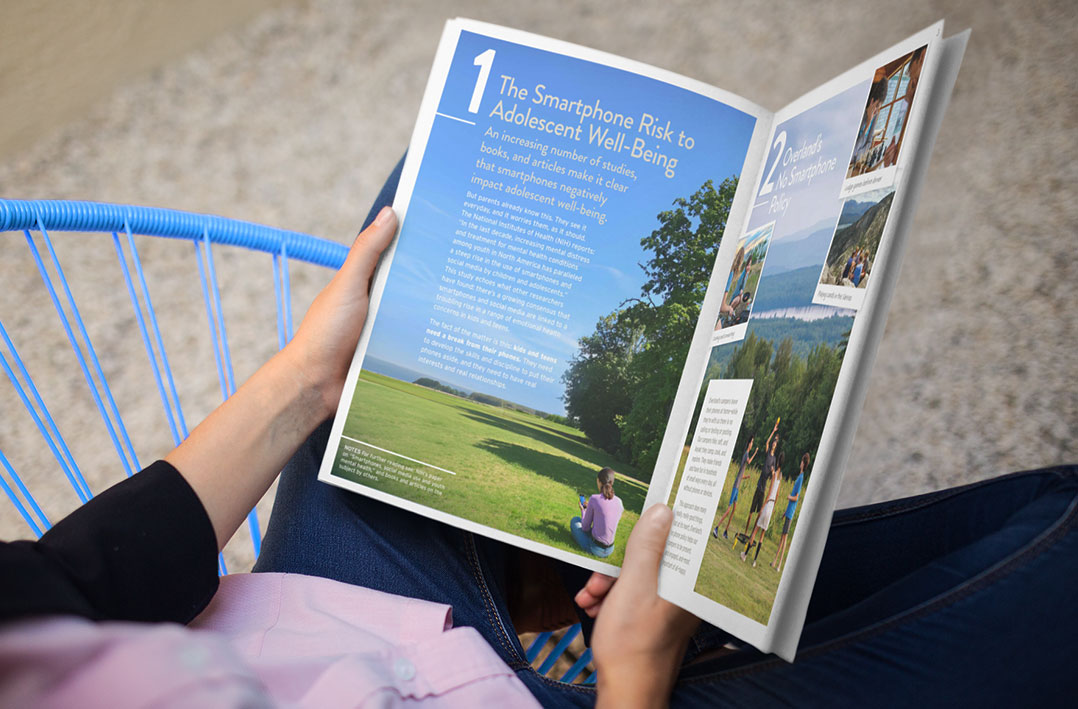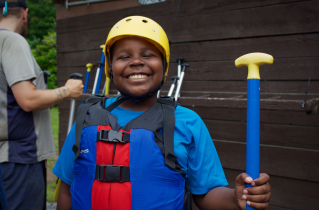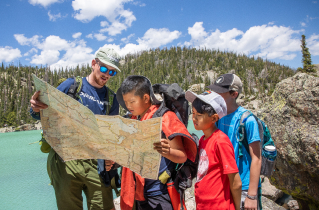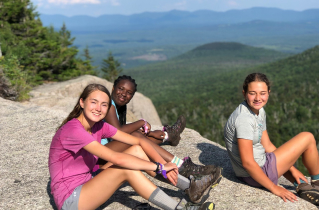OUR TRIPS
Take the world into your arms
Four Levels, One Goal
There’s a reason families return to Overland year after year: at every level, our trips offer thoughtful planning, appropriate challenges, and supportive groups.
- Available
- Limited
- Waitlist

free download
Happier & Healthier Without Smartphones
Explore the advantages of disconnecting at Overland. Download our PDF for an in-depth look at how we create engaging and smartphone-free adventures.
explore overland

our 40th year
Since 1984, Overland has been more than simply a summer experience — it’s a life experience with value and resonance that extends far beyond the boundaries of a single summer.

Rock Solid values
At Overland, rock-solid values — teamwork and leadership, independence and self-reliance, discovery and inspiration — imbue an organization where the standards are high, the expectations clear, the tone adventurous.

ACA Accreditation
Overland is committed to the well-being of our students. A key component of this commitment is our accreditation by the nationally recognized American Camp Association (ACA).